Hey, are you sitting down? If not then you should, because we’re about to give you some soul-rattling news. Remember as a kid when your mom told you that coffee is made by the Boogeyman and his henchmen? And that’s why you shouldn’t dare have a sip?
Or you’ll get claws, scales and a high-interest mortgage? It’s all been a lie, people! It’s all been a lie. But before you call your mother and blame her for ruining your childhood, here is the true story of how coffee goes from being a bean to an over-priced cappuccino at Starbucks. It’s pretty emotional, so get out your hankies.
8 Stages of the Coffee Bean Journey
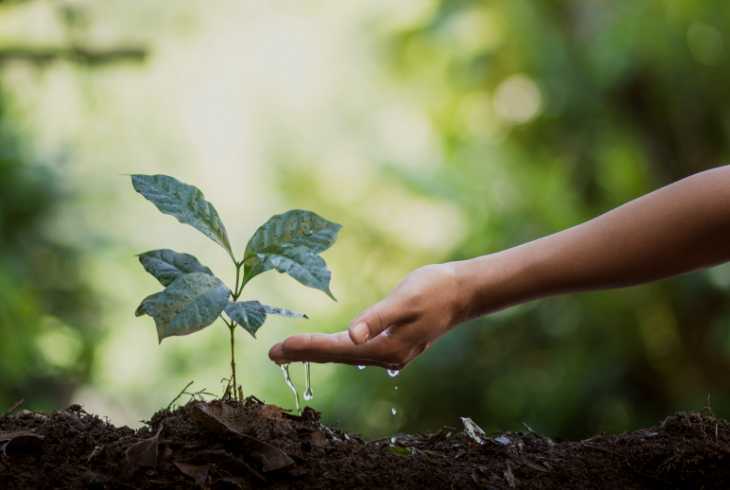
1. Growing - the Infant Years
This is when coffee is all cute, cuddly and makes adorable spit bubbles. It all begins by planting seeds in a nursery and tending to them for up to a whole year.
During this time, great care has to be taken to ensure the seedlings get the right amount of light, nutrition and baby talk. Some farmers play Mozart to the seedlings to encourage them to grow into little geniuses, but this isn’t really necessary.
After about 12 months or so, the seedlings are transplanted to the main farm and it will take around 5 years before they mature and start producing fruit. Talk about high maintenance!
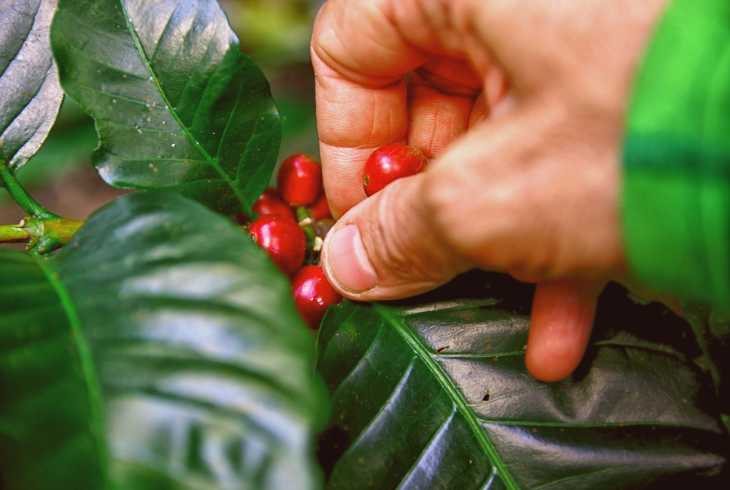
2. Harvesting - let it Reap!
Fast forward 5 years later. Your skin is sagging in areas you never thought possible, robots are slowly taking over the world, and the coffee cherries are now red and ready for the picking.
In small farms, harvesting is done by hand and can be some incredibly back-breaking work! So if you’ve ever complained after a Zumba class, you’d better be ashamed of yourself.
Harvesting is usually done three times, with the second round yielding the most desirable fruit. The one that will most likely end up in your cup and have you calling out God’s name in vain as you take every sip.
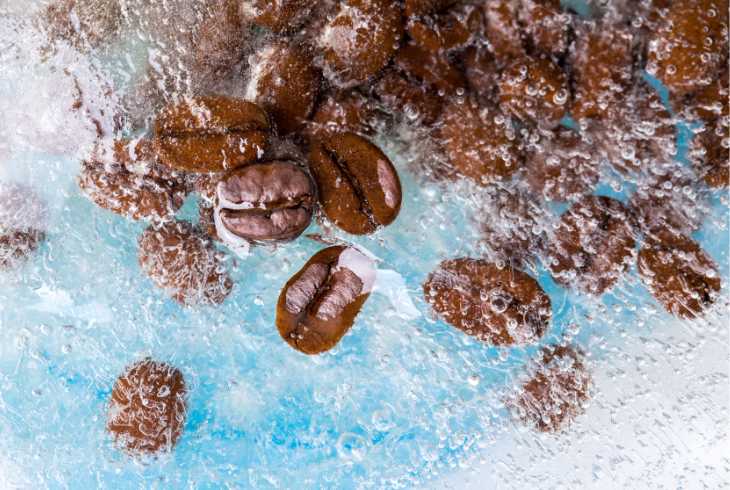
3. Processing - time is of the Essence!
Once the harvesting is done, it turns into a race against Father Time. The pulp has to be dealt with within 24 hours or the entire harvest risks rotting. Are you at the edge of your seat? You’d better be! This is some intriguing stuff.
So there are two ways to deal with this:
This is usually a very tense time and uttering the word 'pulp’ in public could get you punched in the nose. Go ahead, we dare you.
4. Drying - catching some Rays!
So by now, the war against pulp ought to be over and there will probably be a lot of rejoicing and debauchery involved.
If the coffee had been wet processed, it is either placed out in the sun to dry or thrown into drying machines. Depending on what mood the sun is in (we all know how melodramatic she can get) the natural drying process can take up to two weeks.
The beans are carefully monitored and once they hit a moisture content of 11-12%, they are moved along for a bit of TLC.
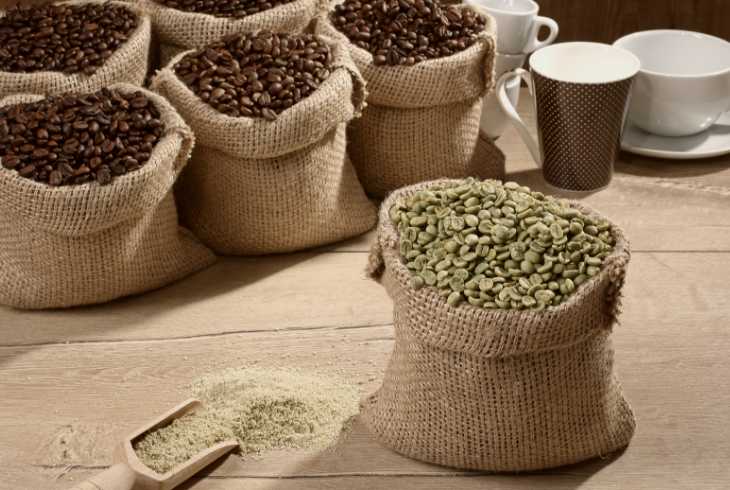
5. Hulling & Grading- Java Spa!
Finally, the beans get to be pampered, dolled-up and have sweet nothing whispered to them during the milling process. First they are hulled to remove the outer parchment layer or husk, polished within an inch of their lives to give them a nice, healthy sheen and sorted to eliminate any sort of defects.
This is the stage when grading also takes place. If a bean looks healthy and has built up good karma, it gets to be sampled by some coffee snob with a fancy accent.
But if it’s been bad and maybe picked up a drug habit along the way, then it will probably make its way into instant coffee and be mocked for the rest of its life.
6. Quality Analysis - show in the Aficionados!
Hey, ever met someone who talks like he was raised by a family of coffee trees? The kind of person, who with one sip of java, can tell you the origin of the coffee, the soil it was grown in and the three names of the farmer that transplanted the seedling? Well, the guys in this stage perfectly fit in that category!
During quality analysis, these master tasters first roast a small sample of beans then proceed to critique everything from the size, color, moisture content to the density.
This is the equivalent of the beans sitting for their SATs. They pass this test, and they are set for a life of lounging in posh cabinets and getting kinky with the Juras of the world. If they fail, they will end up shacking with a Mr. Coffee.
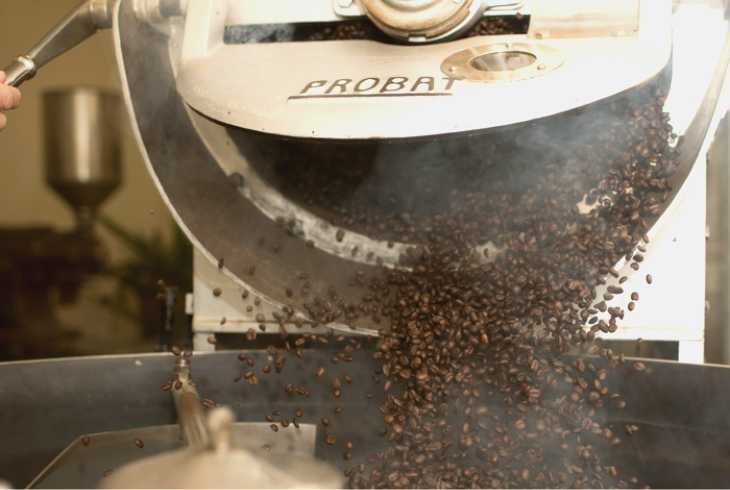
7. Roasting - bring out the Grill!
Oh, now things start get exciting! This whole time the beans have been young, green and naïve, but are just about to get their distinctive color. And we have one group of people to thank for this: the roasters.
On a serious note though, every roaster on the planet needs to be handed the Nobel Peace Prize and an acre on Mars, because the work they do is next to miraculous.
Using just an oven and a skill set that can only be defined as badass, these guys are able to take a simple green bean and turn it into deliciousness itself. So let’s have a moment of silence and shed a tear or two for these amazing souls.
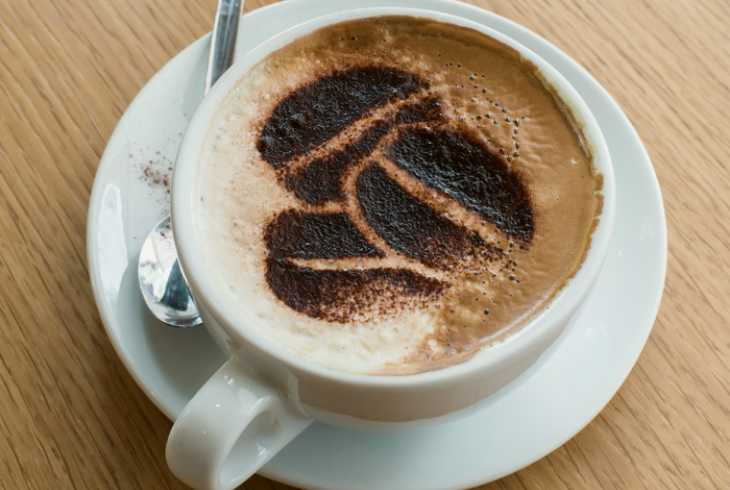
8. Brewing - deliciousness Time!
The moment your taste buds have been waiting for is finally here! After roasting only one thing remains: brewing a sensational cup of joe.
This is when you do the grinding if need be, take out that espresso maker that you splurged the kids’ college fund on, and whip up a cup of coffee that tastes so good you literally hover 6 inches above the ground (if that’s never happened, you’re obviously not brewing properly).
Final Thoughts
And there you have it: the journey of coffee from a teenie weenie bean to a rich cup of brew. So the next time you’re sipping on a mochaccino, take a moment to remember everyone involved in this beautiful process and pour a little bit of java on the ground to honor them. Or don’t. Good coffee is really expensive and cleaning up is a pain the neck!
Additional Resources




